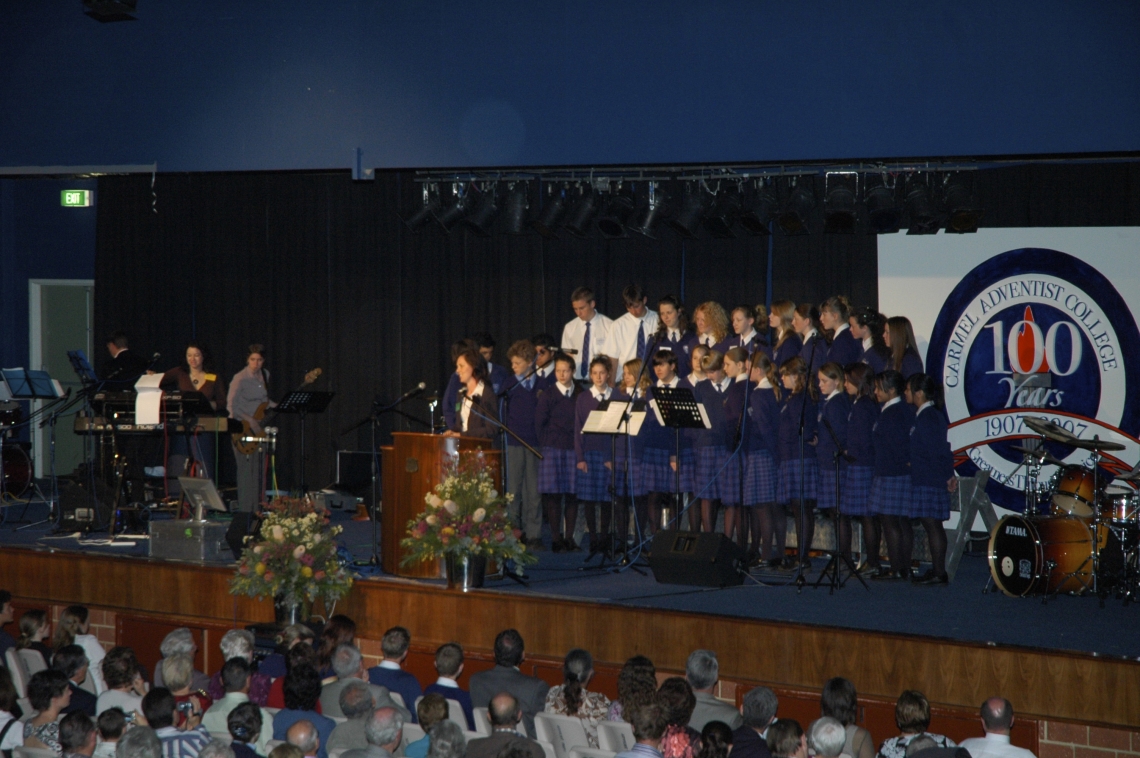
In 2007 Carmel Adventist College celebrated its Centenary. More than 1,500 alumni attended a weekend of nostalgia and the renewing of friendships.
Carmel becomes a Year 8 - 12 campus after the closure of the Victoria Park Adventist High School.
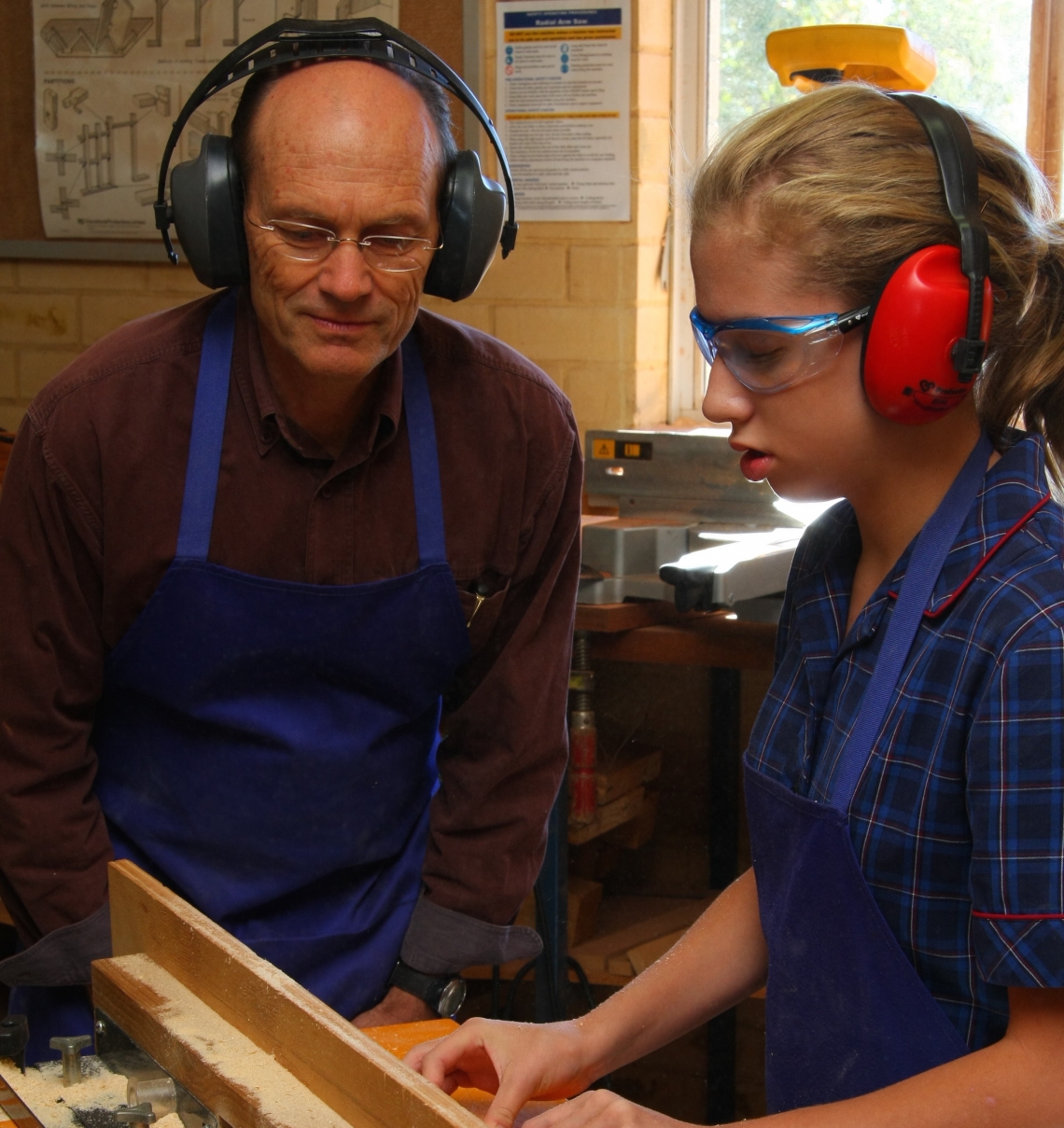
The Design and Technology building was constructed in 1983.
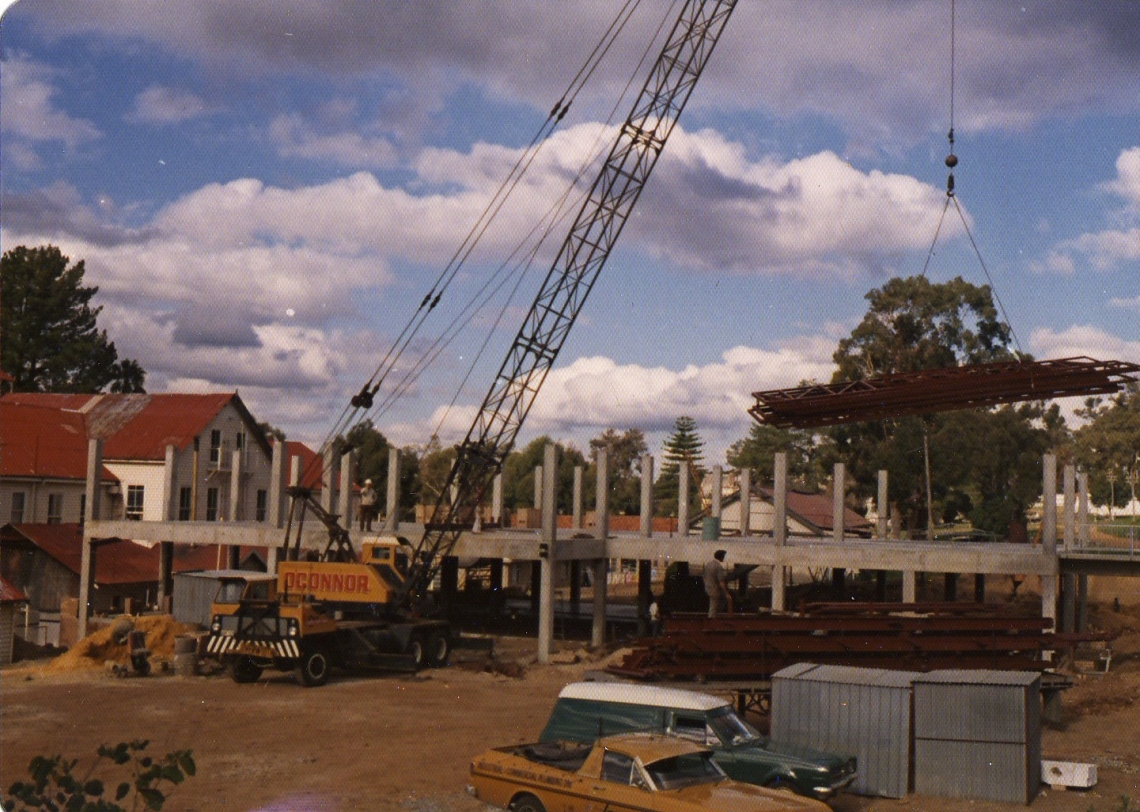
The next building venture took place in 1977, which included the construction of the Main Building, as we know it today and the Science Block.
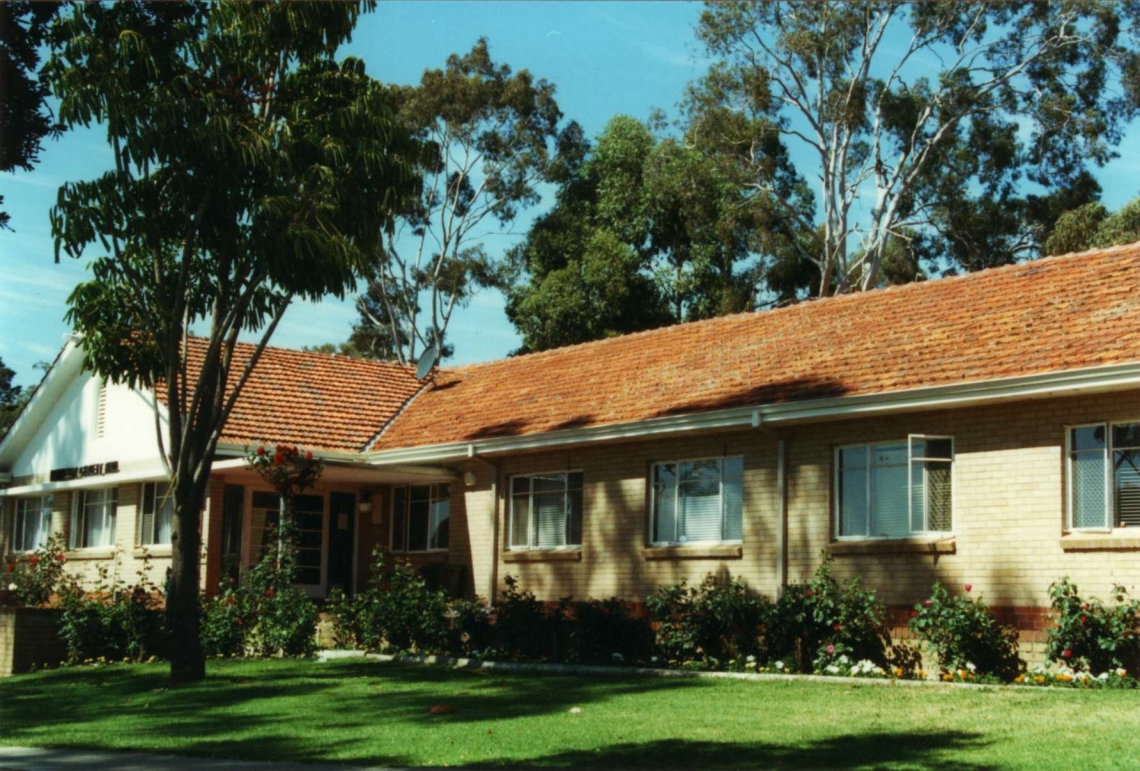
In 1956 the establishment was modernised and two dormitory buildings were added. Charles Ashcroft Hall to house 50 boys, was completed in 1958. Kathleen Giblett Hall to accommodate 50 girls, was completed in 1961.
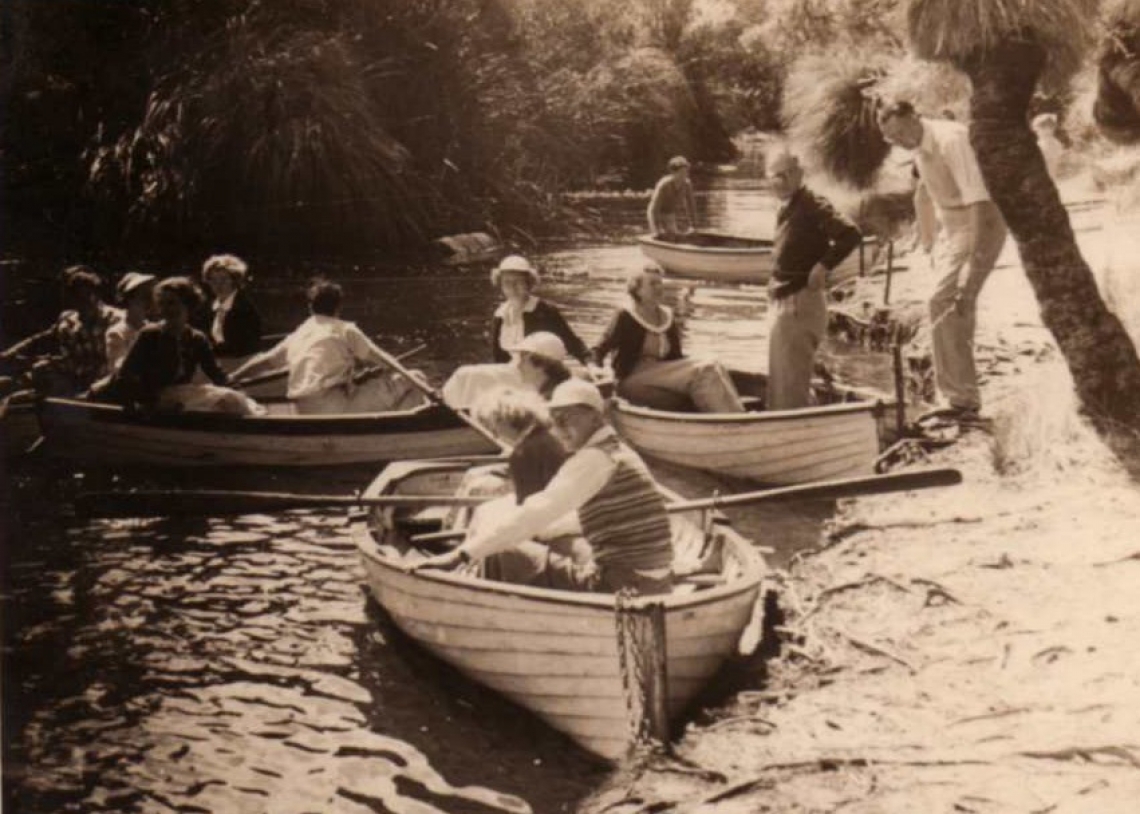
The graduation class of 1954 celebrated by having a picnic at Yanchep.
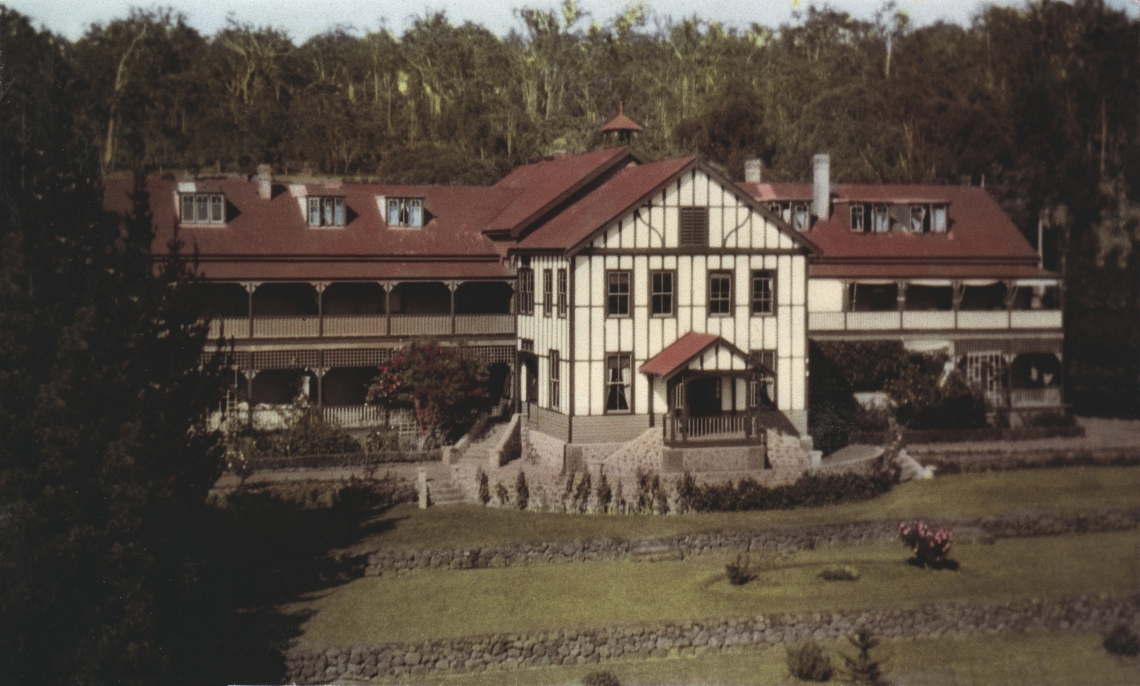
1935 saw more building work commence with the addition of the front offices to the centre hall and classrooms.1
This photograph was taken in the year 1938 when much of the work was completed.
1. Glimpses of Carmel Adventist College, 2007, p78
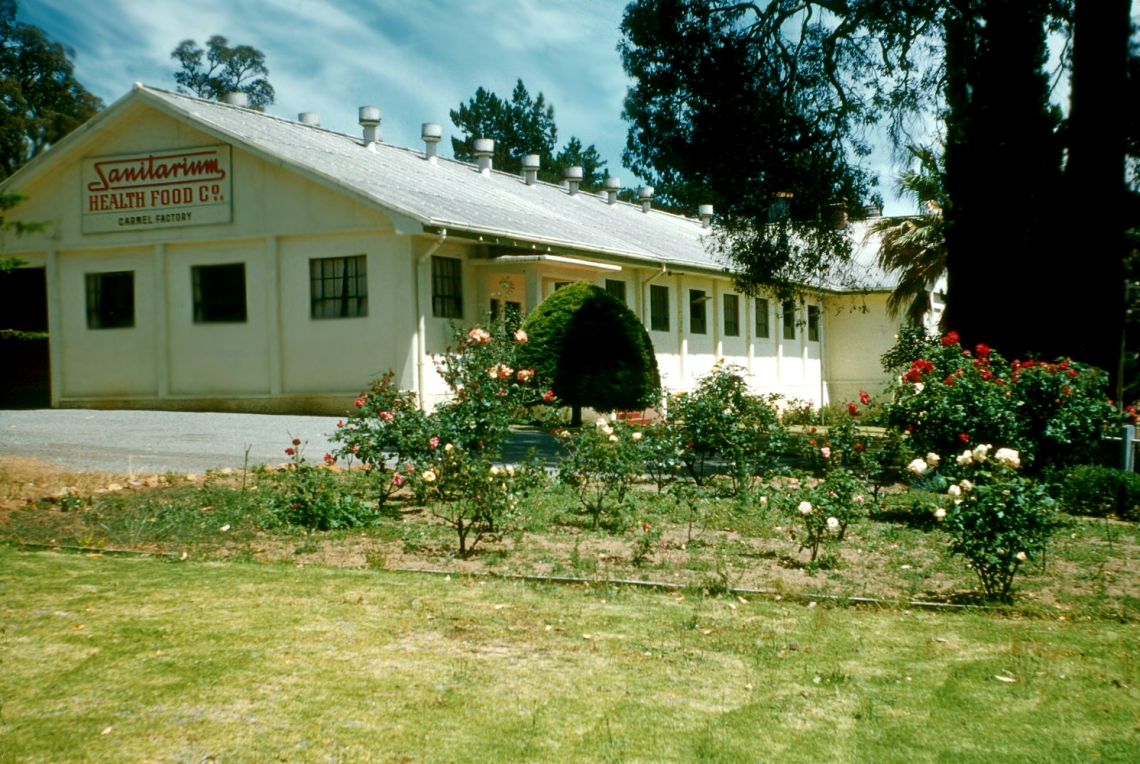
Carmel Sanitarium opened on March 17, 1933 by Pastor L Lemke. The factory not only provided much needed employment during the Great Depression and beyond. It also gave employment opportunities to more students. In particular young women were able to enrol and pay fees.
The health food work was also showing pleasing growth, particularly with the introduction of a new product called "Weet-Bix". Within 5 years the Carmel factory had to be enlarged in size and production capacity. All of this meant employment for students as well as permanent staff.
Photograph was taken by Louis Kosta, in the late 1950's.
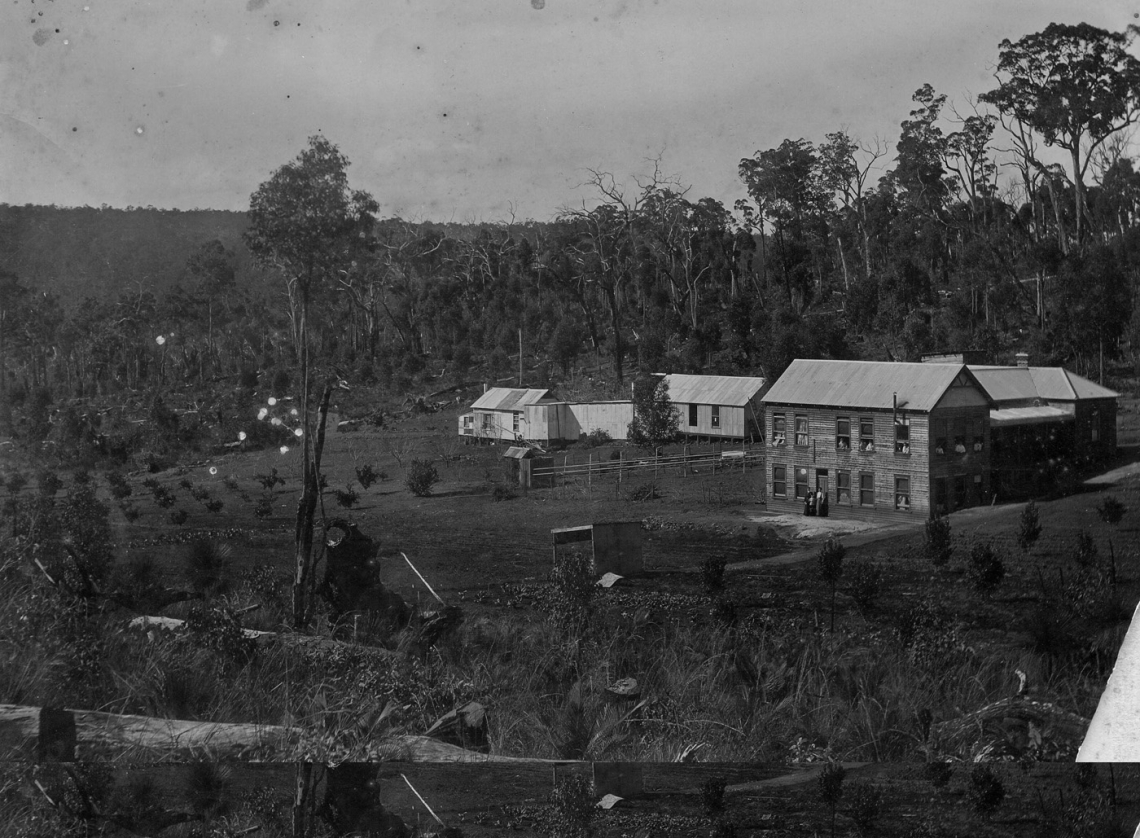
There has never been a year in the history of Carmel Adventist College where financial difficulty has not been a challenge. The school was enthusiastically started largely on contributions from the relatively few members of the West Australian Conference. Some made cash contributions; others gave livestock or voluntary labour. But all were rejoicing that a school had started, enabling their young people to receive an education to prepare them for service.
Starting a school and developing and maintaining it are two aspects of one costly exercise. It would appear that early enthusiasm within Western Australian was not sustained. The constant demands for more money to meet development and maintenance costs; poor seasons for the farming community; the impact of the two world wars; one financial depression; and constantly increasing fees, all contributed to a lessening of support for the school.
In spite of the fluctuating enrolments at the West Australian Missionary School, the need to extend the boarding facilities and bring them under one roof became a priority. It seems surprising that under such prevailing adverse financial circumstances the denomination would, between 1924 and 1926, press ahead with a major building enterprise, but such proved to be the case. The decision to proceed proved fortuitous in light of the effects of the Depression and World War II on the building industry.1
Action was taken on August 26, 1925, to change the name from the institution of “Darling Range School” to “West Australian Missionary School”2, and again in 1932 to “West Australian Missionary College”3
1. Glimpses of Carmel Adventist College, 2007, p38-39
2. Australasian Union Conference (AUC) minutes, August 26, 1925
3. AUC Minutes, August 29, 1932
4. Photograph: This original building, built around the Ashcroft home, was demolished over the summer of 1924-25 to be rebuilt as the boys dormitory wing on the new College building further up the valley.
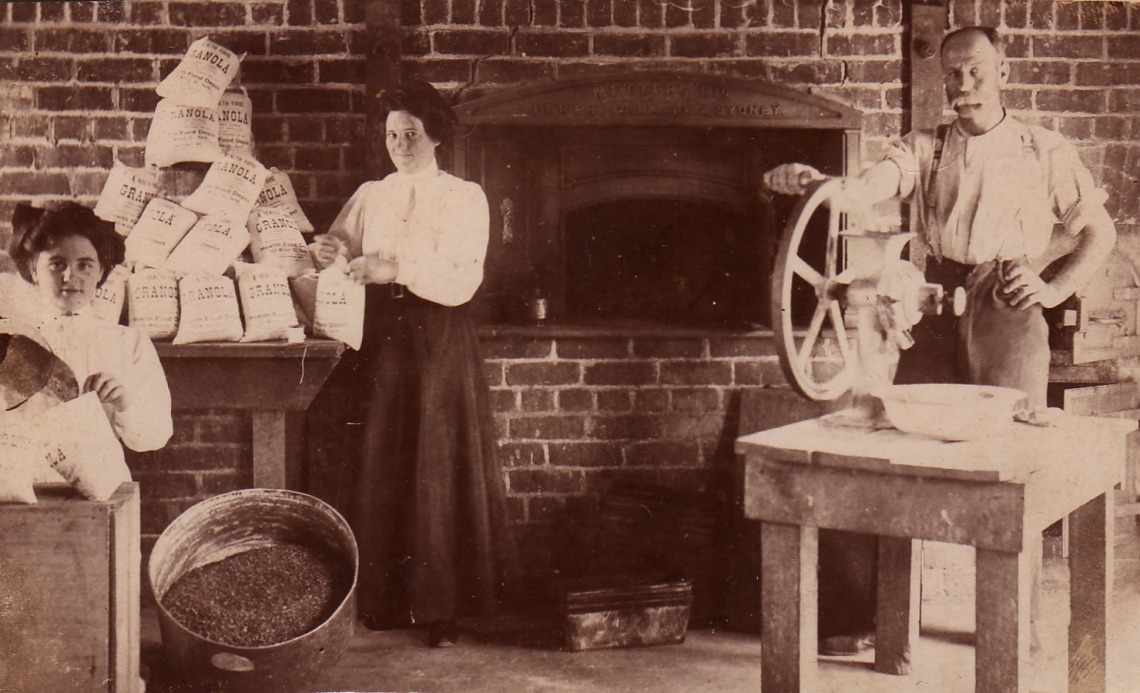
Amy Smith, Bertha Miller and Arthur Powell in 1912 making the breakfast cereal granola, which was taken to Perth for sale. To help pay part of their school fees, each student was required to balance study with a regular work program on the College farm.1
I was always interested in getting our young people in our college to prepare themselves for Christian service. We were sending several to Avondale but the distance was so far it made it very expensive... Soon, so many students came we did not have enough work, so one day I took off my coat and taught them how to make granola and gluten. They took it down to our office in Perth and they sold it there... Letter written to Ross Goldstone, 1 October 1974, by Pastor Finster, then 100 years old.
1. Glimpses of Carmel Adventist College, 2007, p20
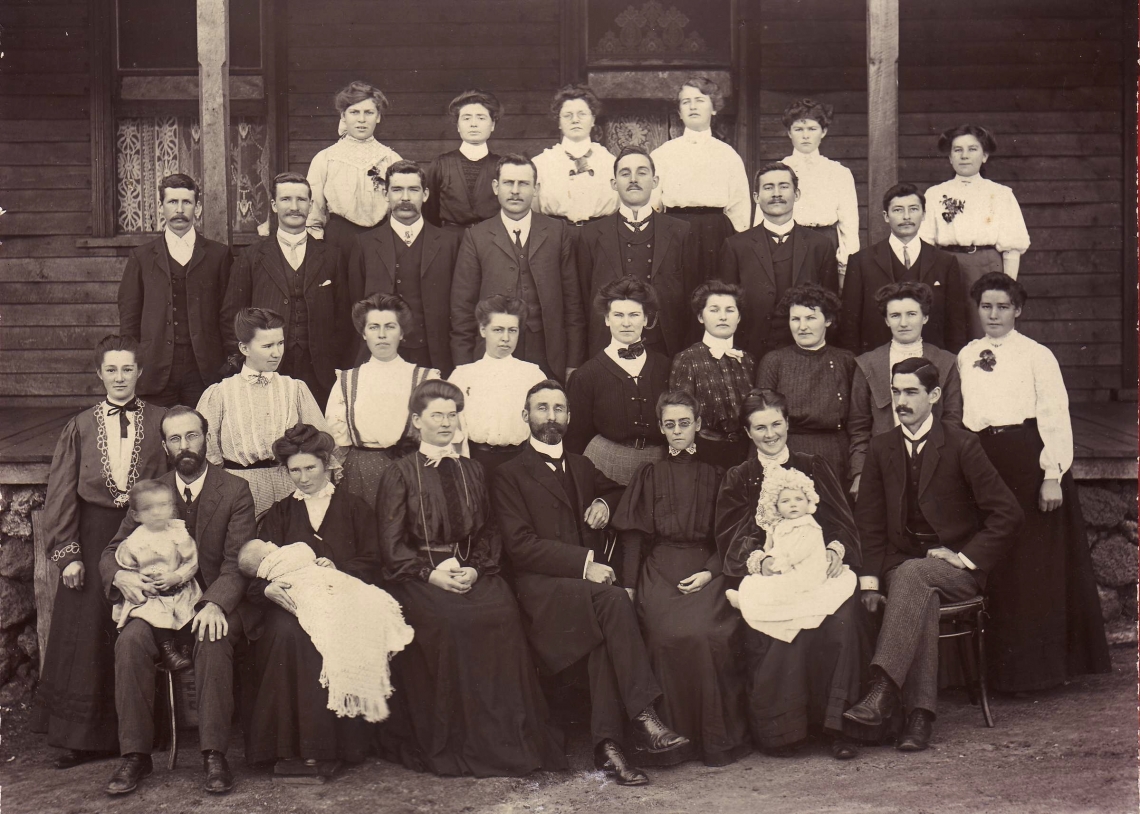
This is the class of 1908 Staff and Students.
Photograph: Harry Martin (bottom left, with this wife, Prudence) had the job of not only being principal, but supervisor of all building projects.1
1. Glimpses of Carmel Adventist College, 2007, p18
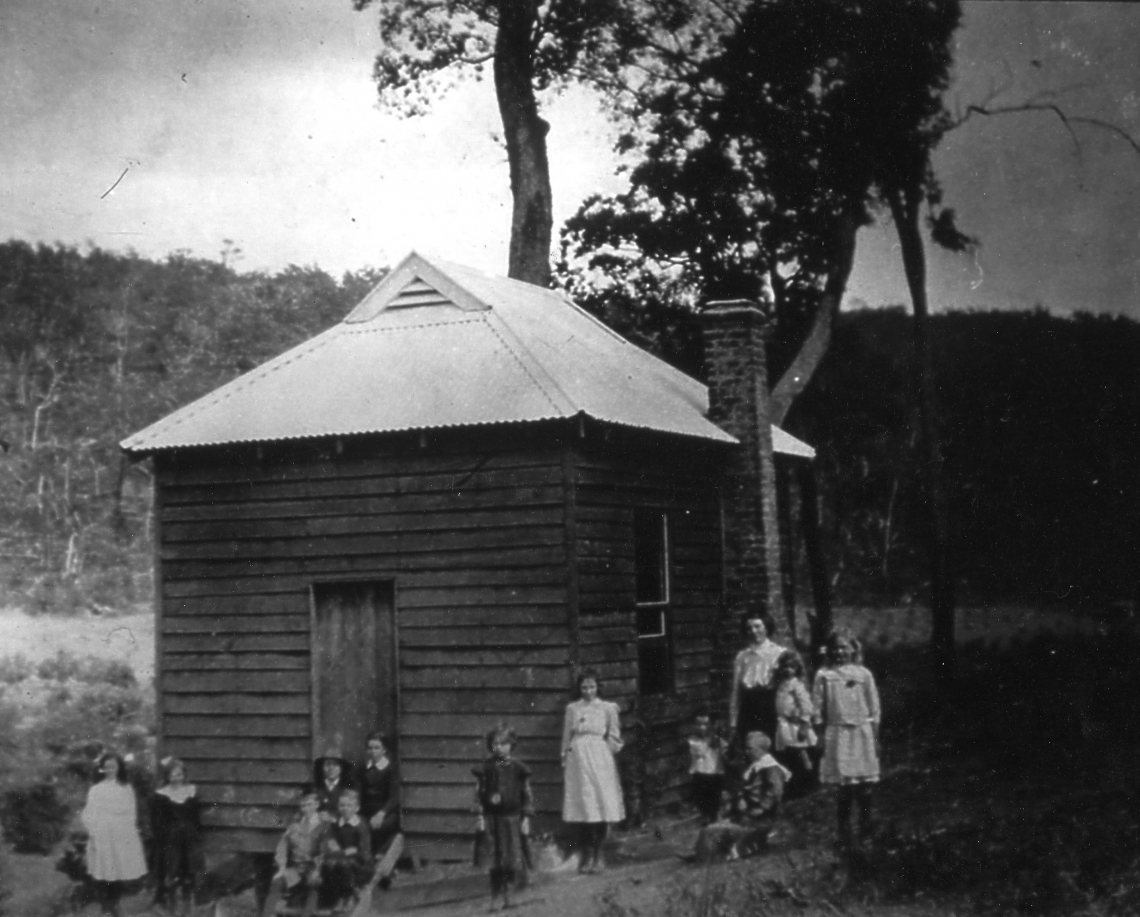
Bickley Seventh-day Adventist Primary School was founded in November, 1907.
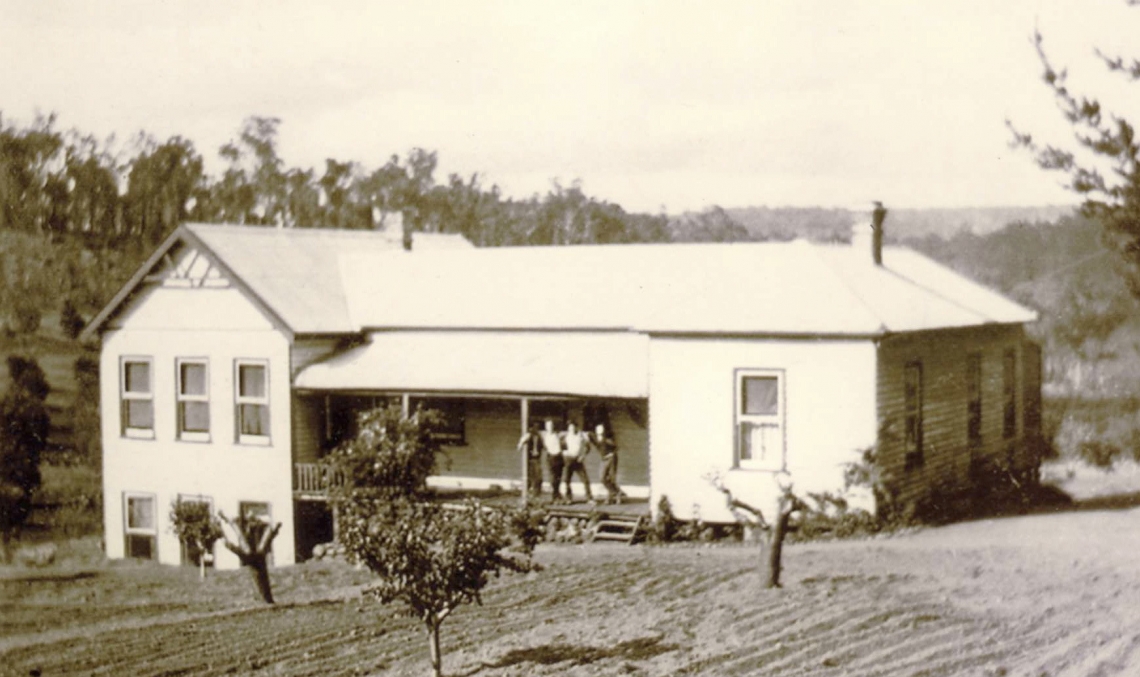
This school began as the Darling Range School in 1907 with just two students. By the end of the year there were fourteen. In 1908 the school was relocated to a better position higher up the valley. Church members demonstrated their interest in the venture by contributing both time and money. Pastor Martin was both the architect and builder and was assisted by the students, for whom manual labour was compulsory, and for which they received six pence (five cents) per hour. This building programme also included faculty homes, a laundry and bakehouse. Building was not completed until 1926.
Picture: To help with the lack of sleeping quarters at the new school, a dormitory addition as added to Charles and Ada Ashcroft's family home.1
1. Glipses of Carmel Adventist College, 2007, p21.
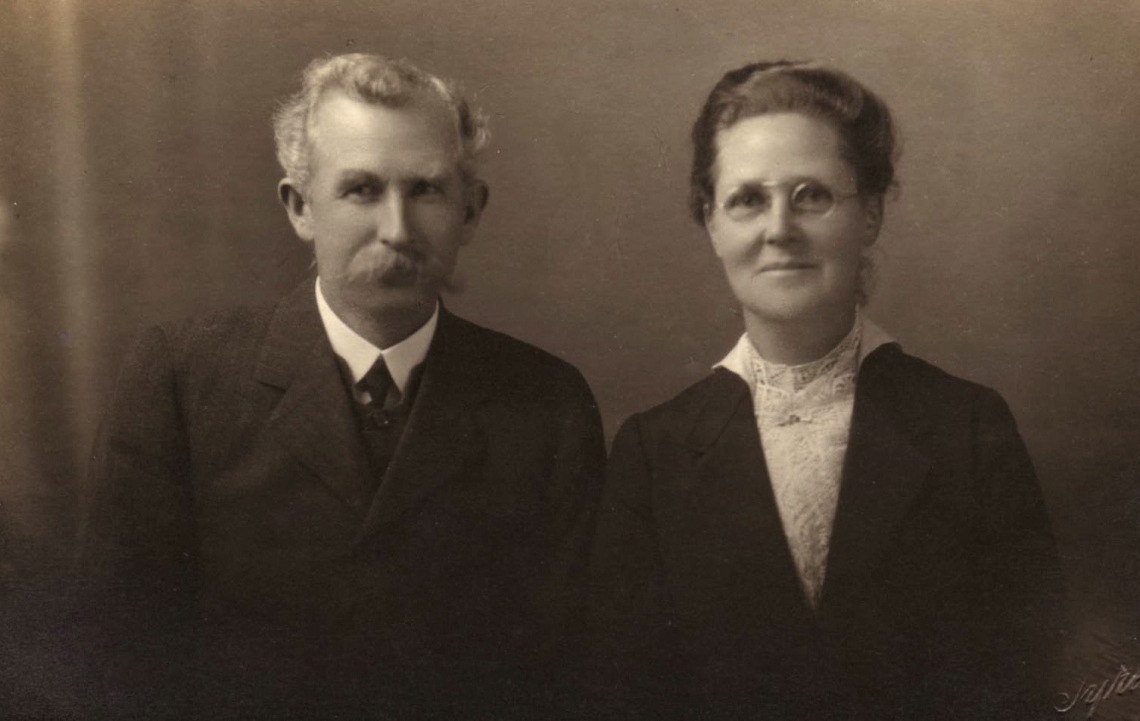
In 1906 the Western Australian Seventh-day Adventist Conference decided that an SDA College was needed so that students did not have to leave WA for their education. Friends of Charles Ashcroft suggested that he donate his property in the Heidelberg Valley to build a college. It was an ideal location including 100 acres of fertile land, an established farm, orchard, garden, vineyard, and water which was easily accessible through high quality perpetual springs. Unsure of what decision to make, Ashcroft asked God to give him guidance in the form of a specific sign. He asked for two claps of thunder if God wanted him to donate this property1. It was summer at the time, so thunder was not likely to occur. However, a few days two loud clear claps of thunder erupted from the clear sky. Whether these details are fact or Adventist folklore, in response to Ashcroft's offer, the executive committee voted to accept Ashcroft's generous offer2.
Ashcroft made an agreement with the church to pay him $200 and accept liability for a $400 loan he had taken out with the Agriculture Bank. In that the property was worth more than double this amount, it was certainly a "most generous offer."3.
1. Record, December 5, 1997, page 9.
2. WA Conference minutes, October 25, 30, 1906
3. Ibid
(Sourced from page 17, 100 year book 2007)